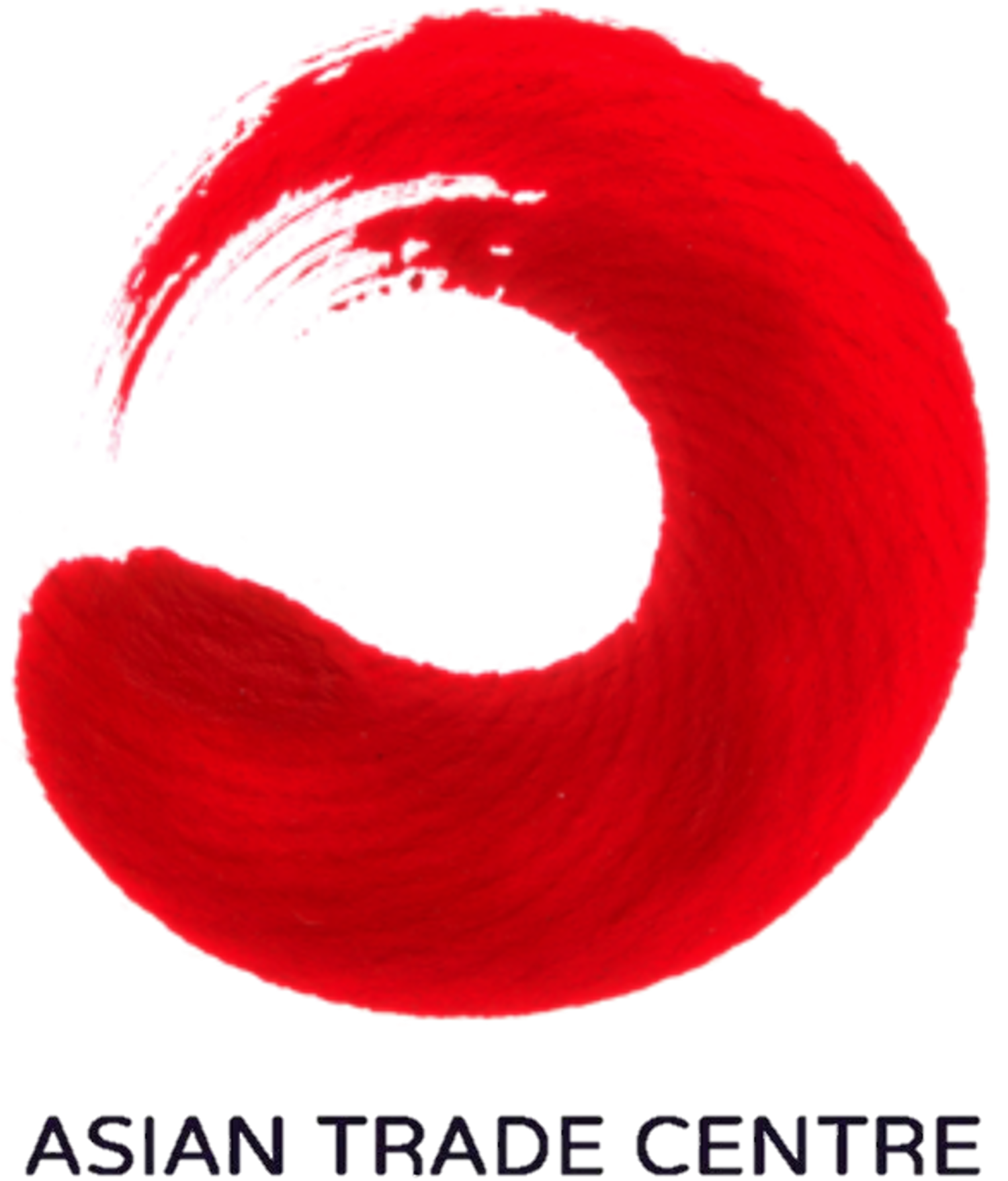Now that tariffs have been imposed, negotiations have not started. Instead, Trump seems determined to continue to escalate. Rather than make movements towards resolving issues, he has now threatened to impose tariffs on every product imported from China—all $500 billion. Since China does not import an equivalent amount of goods from the United States, it cannot simply match tariff rate hikes to tariff rate hikes. It will end up getting creative instead, assuming President Trump follows through on his threats and keeps ratcheting up tariffs on Chinese made goods. China could respond in many ways. It can scrupulously enforce myriad domestic laws against American companies in China that are currently only weakly followed now. It could much more rigorously check for compliance with every regulation, type of paperwork and so forth.
The Silver Lining? Emerging Markets in Times of Troubled Trade
EMs could see a rise in exports in some sectors. Agricultural producers in EMs could stand to gain from China's counter attack to impose a 25% tariff on American farm commodities. The U.S., being the biggest exporter of cotton and soybeans to China and the world, will be greatly affected. However, this means that EM producers have a chance to play. China has already sought alternative sources of cotton months, in preparation for a possible trade war. India, the world’s second-biggest cotton exporter, has already signed contracts to ship 500,000 bales (85,000 tonnes) of its new season harvest to China, in the rare advance deal. India’s total cotton exports for this season is expected to be up 20%, to 7 million bales. China has also turned to other sources of soybeans, which is integral to make animal feed. It is likely to buy more from the other three top exporters – Paraguay, Argentina and Brazil. China’s share of South America’s regional soybean exports is expected to increase to 90% from June to December this year.
Why Do Harley Davidson’s Workers Support Trump?
Surprisingly, few Harley Davidson employees – many of whom are Trump supporters – appear disillusioned with the president’s protectionism. “He wouldn’t do it unless it needed to be done, he’s a very smart businessman,” one worker told the Financial Times serenely, encapsulating the “In Trump We Trust” attitude that persists among many in the President’s base. Many workers were, in fact, apparently quick to point an accusing finger at the EU and even Harley Davidson itself for leaving its traditional base in Wisconsin. They are resolutely defending Trump’s claim to be “just trying to save the US aluminum and steel industry” from the unfair trade practices of foreign countries. Other US presidents would surely have been crucified for less. Trade experts predicting that protectionism would threaten US jobs have been vindicated by Harley Davidson’s pull-out. Working class Trump supporters have the most to lose. Why then do American workers continue to support Trump’s flawed protectionism? It would be easy to dismiss Trump supporters as unwise or easily deceived. Yet, this would merely trivialize a more serious problem plaguing trade politics today. Caught up in a wave of identity politics, how a policy actually affects the US economy is now arguably less important to voters than who is actually articulating it.
Why Policy Matters to Me: The Example of Cross-Border Data Flows
In another APRU presentation, presidents noted the increasing integration of the cyber and physical worlds. Using artificial intelligence to innovate for the future sounds nice, but if not communicated to policymakers, it will not work as anticipated. Why not? Governments can shut down data flows. They can do so and they will do so. Government can do so by a variety of regulations that will make it difficult, complicated, expensive or even impossible to move information. Government will do so in many markets because many officials do not understand the needs of academics or companies. They do not understand the issues because the stakeholders in the system do not see that policy matters. Until and unless these exchanges take place better, we will not get the policies that make sense for everyone. Policy frameworks are not just the province of someone else—created by governments and driven by ideas drafted from somewhere else. Policy is supposed to be created for the benefit of stakeholders. But it requires that stakeholders actually participate in crafting policy.
What Does a Trade War Look Like? This is It
But, as seems to happen so often these days in Washington, by Friday, the rosy picture had changed and by this morning, the entire relationship is entering a new, much more ominous phase. On Friday morning, the White House rolled out its promised 25% in retaliatory tariff hikes against $50 billion in Chinese imported products, starting on July 6. These were almost immediately met with a list of $50 billion in products by the Chinese side. It appears that US President Donald Trump fully expected the Chinese to comply with US demands and back down, instead of responding by imposing their own tariffs on US products. When they did not, he escalated the dispute further this morning (Singapore time) by demanding an additional $200 billion in products to receive a 10% tariff when arriving from China into the United States. Raising the “ante” by another $200 billion puts China in a more difficult position. The original $50 billion in products subjected to 25% tariff rate hikes is relatively easy for China to counter. As the number escalates, China will find it challenging to apply “like for like” tariff hikes. Because the US imports more from China than China imports from the United States, there simply aren’t enough goods to keep up with matching tariff hikes. This will leave China getting more creative about how to reciprocate.
